In our forests, tubular mushrooms are the most common. They belong to the basidial group, and stand out among others for their appearance, smell and high taste, due to which they are often used in cooking. Among them, there are both edible and poisonous species. For their safe collection and consumption, it is recommended to familiarize themselves with the features of this genus and their differences from other types.
Content
Differences between tubular mushrooms from other species
Hat mushrooms are divided into tubular and lamellar. The difference between the two species becomes apparent with a detailed examination of both. The main difference is the structure of the hymenophore (spore layer). In tubular, this layer resembles a sponge: small pores in large numbers. Their other features are:
- large and fleshy fruits;
- growth in parks, forests and places where they can be in minimal contact with the sun.

Laminar have the following features:
- the hymenophore has the form of plates that are located on the inside of the cap;
- the plates diverge to the sides, like rays, from the base of the leg to the edge of the cap;
- the shape of the leg is most often cylindrical, can be curved and rigid;
- a hollow leg is often found.
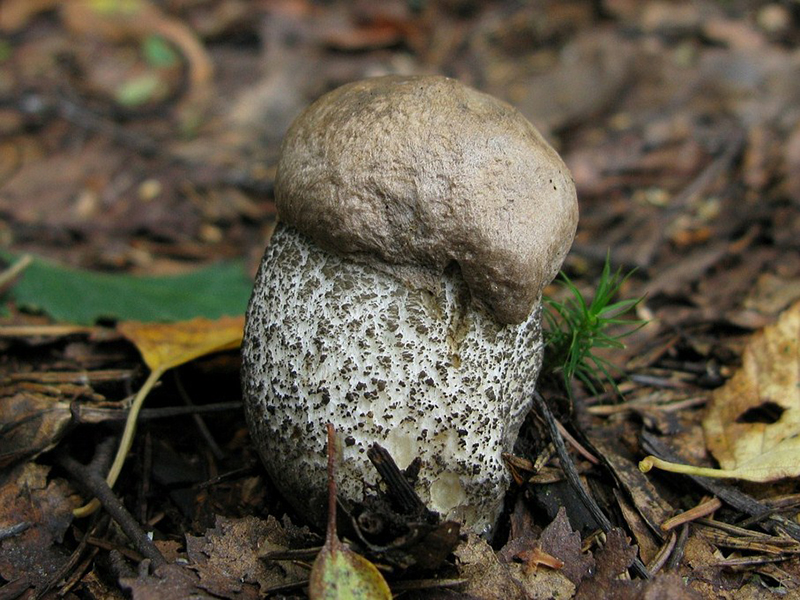 You may be interested in:
You may be interested in:Varieties and Description
Among the mushrooms of this group, there are both edible and those that absolutely can not be eaten, so you should know their differences.
Edible
Most tubular mushrooms are edible. They are boiled, fried, marinated and dried. With any kind of processing, they do not lose their high taste. The list below provides information about which species are edible:
- Mushrooms. They grow in small families in coniferous forests, in the temperate climatic zone. Possess light white or yellow pulp and a characteristic odor. Their legs are dense and thickened at the base, have a mesh surface, less often - smooth. Spore powder has many shades of brown.
- Butterflies. They grow in families, differ in fleshy hats and slimy, easily peeling skin on it. The flesh is yellowish, can change its color to blue or red when notched. The leg is short and quite wide. Oil mushrooms are widespread in the temperate climatic zone, mainly in the Northern Hemisphere.
Sometimes they are confused with bile poisonous specimens. You can check whether the grease fitting is edible by external characteristics: the inside of the poisonous hat is painted in lilac color. However, the taste of butter is not distinguishable from poisonous representatives due to bitterness.
- Flywheels. Mostly found on sandy soils. A distinctive feature is the blueing of the pulp when it is broken. In contrast to the above specimens, moss flys have a mediocre taste. When collecting them, you should be careful not to cut off the false flywheel. The characteristics of the latter are small size, dirty brown flesh, which turns red when damaged.
- Boletus and boletus. Species are called so because of the terrain in which they grow.Both are similar in appearance: they have convex brown hats with a slimy surface, and light flesh. Brown boletus trees are rich in useful substances. They can be found on sandy and loamy soil.
- Polish mushroom. Grows in linden groves and mixed forests, has a very thick and fleshy pedicle, on which the picture is barely visible. The hat is quite wide and convex, its color can vary from light red to chestnut. Spore powder olive or brown.
- Duboviki. They are distinguished by large hats and velvety skin, which over time acquires a glossy shine. They can be found in deciduous forests and oak groves. The pulp is yellow, turning blue on a cut from contact with air.
Poisonous
Among tubular mushrooms, poisonous specimens are found, among which there are:
- Bile mushroom, also often called false white. It has a wide scope. Mostly found in a forest area in which sandy soil prevails. Less commonly found on stumps and tree trunk bases. The mushroom grows both singly and in groups, appears in July and is available until October.
It has a brown or brownish hemisphere hat with a yellow tint. The tubular layer is dirty pink with small pores. The leg is tuberous at the base, and gradually extends closer to the cap. The pulp is white, hard to the touch and bitter in taste due to the toxins contained in it. A specific taste led to another name - mustard.
- Pepper mushroom. Unlike the previous species, this representative is much less common, most often in spruce forests. It can have both a convex and flat, velvety to the touch hat and a very bitter taste. The tubular layer has a red or copper shade, uneven and large pores. The leg is thin, tapers downward and has a cylindrical shape.
- Satanic mushroom. Often found in southern forests, grows mainly on calcareous soil and often forms mycorrhiza with oak, beech, linden and other trees. It has a wide cushion-shaped hat, which becomes slippery in wet weather. The pulp is white, however, it changes its color immediately after an incision appears on it - it becomes dark blue.
Methods for the preparation of edible tubular mushrooms
All tubular mushrooms cook approximately the same. Consider the basic principles.
Cleaning and cutting
Before you start cooking, it is important to pay attention to their thorough processing. If debris is visible on their surface, it must be cleaned with a wide brush or removed with a knife. It is important to consider that mushrooms that do not need heat treatment must be especially thoroughly cleaned. Then they need to be washed and cut off all the darkened and soft areas. If the leg is viscous, it should also be removed.
Flushing should be thorough but minimal. Mushrooms for frying and drying are usually not necessary to wash with water. Those used for other types of cooking, after washing, must be folded onto a sieve or sieve to allow water to drain.
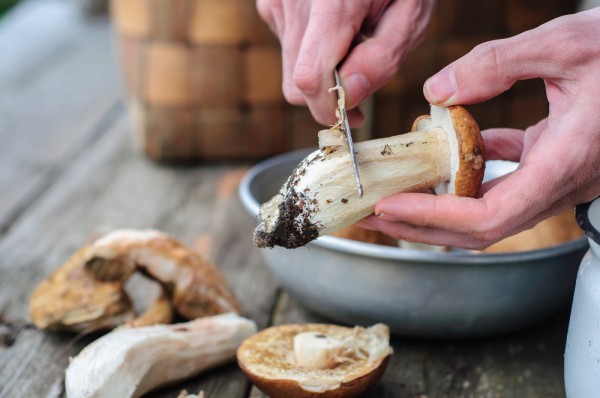
Salted and bitter mushrooms require soaking to improve palatability. After washing, they must be put in cold water for a period of 2 to 6 hours. Soaking salted mushrooms requires a water change every hour. This procedure can also be carried out with dried mushrooms to restore moisture in them.
Rinsing and soaking is followed by cutting. Large mushrooms should be cut into small pieces, after removing the skin from the legs and the film from the hat.
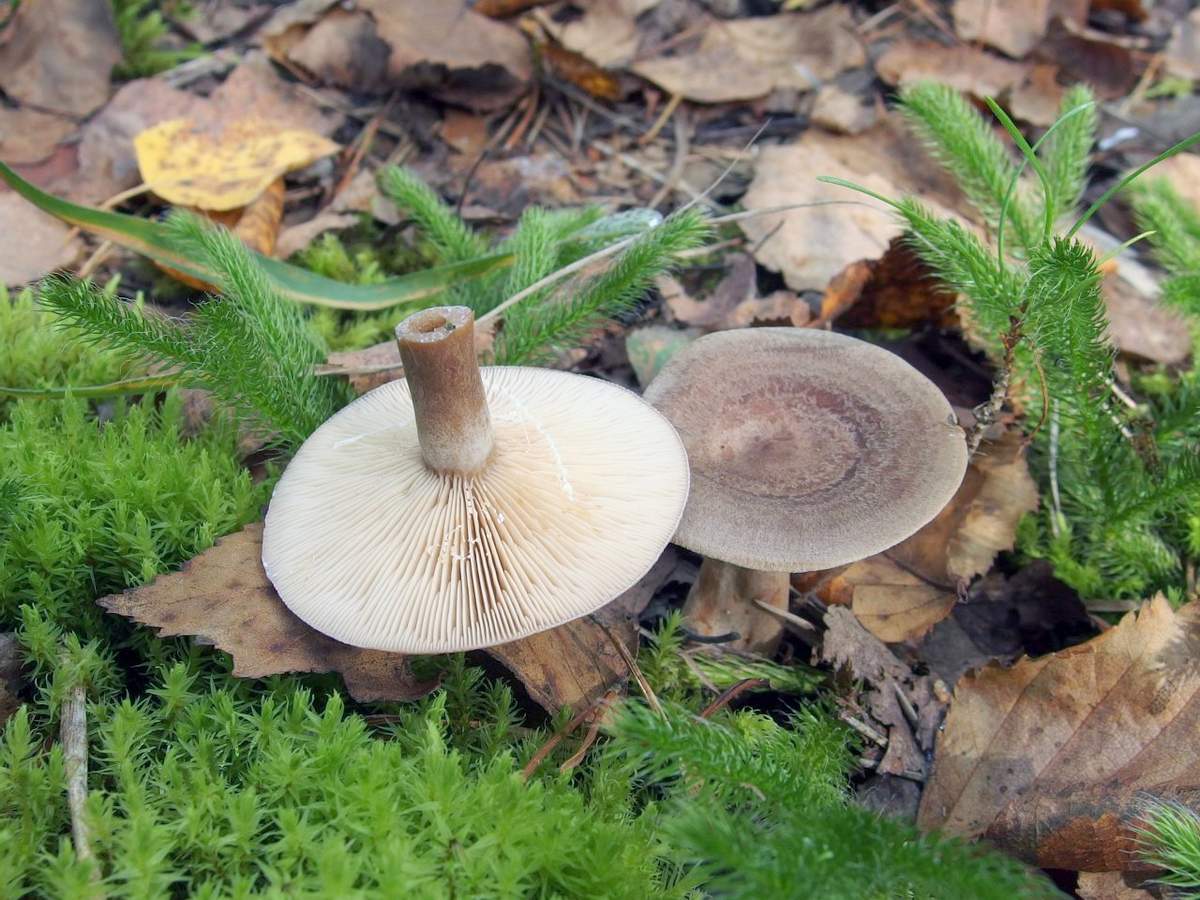 You may be interested in:
You may be interested in:Heat treatment
After cutting, you can proceed to heat treatment. There are two most common ways:
- bring the water to a boil, add half a tablespoon of salt, dip the mushrooms in boiling water and hold them there for 5-10 minutes;
- dip the mushrooms in cold salt water, bring to a boil and immediately after that remove from heat and cool by pouring them with clean water.
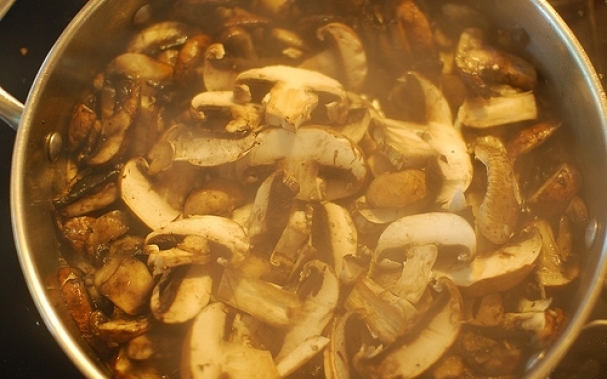
After that, they need to give time to dry by transferring them to the sieve. Drying by pressing firmly is not recommended, as it removes a lot of nutrients. After the glass water, you can start frying.
Mushrooms are laid out on a greased frying pan, and fried along with onions and carrots until they acquire a golden hue and a pleasant smell. They must be stirred occasionally.
Recipes
The simplest and most well-known recipes can be considered fried butter and pickled boletus.
To prepare the first dish you will need the following ingredients:
- boiled butter;
- two onions;
- refined vegetable oil (1/3 cup);
- spices and salt to taste.
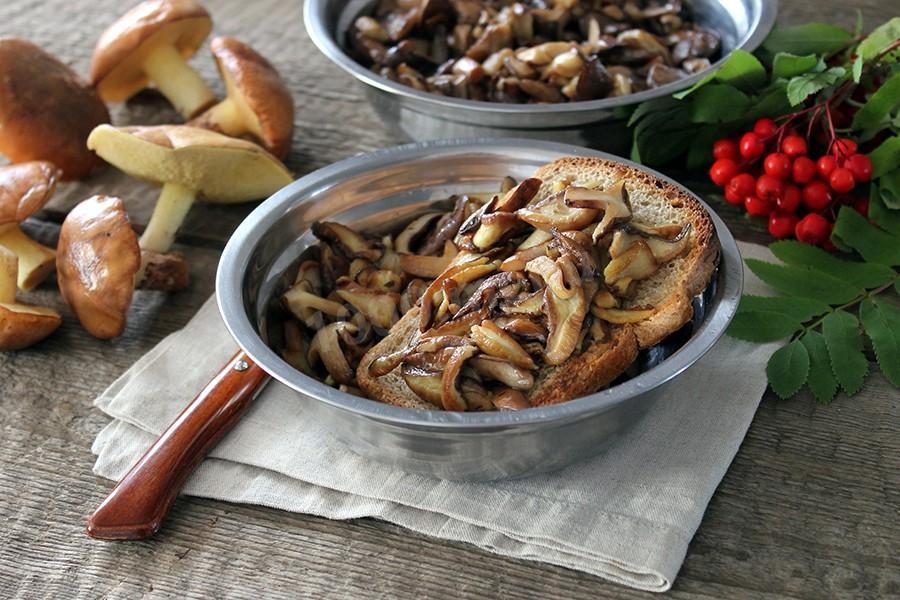
Oil must be poured onto a slightly preheated pan, put oil on it and cover with a lid. They need to be fried over low heat before a characteristic crackle is heard. Then you need to add the pre-chopped onions, and continue cooking, slightly increasing the heat. Frying should be continued until the butter has acquired a golden hue. Cooking takes approximately one hour.
In order to pickle boletus, the following auxiliary ingredients will be required:
- two tablespoons of salt and sugar;
- two bay leaves;
- three grains of cloves;
- black pepper;
- lemon acid;
- vinegar (to taste).
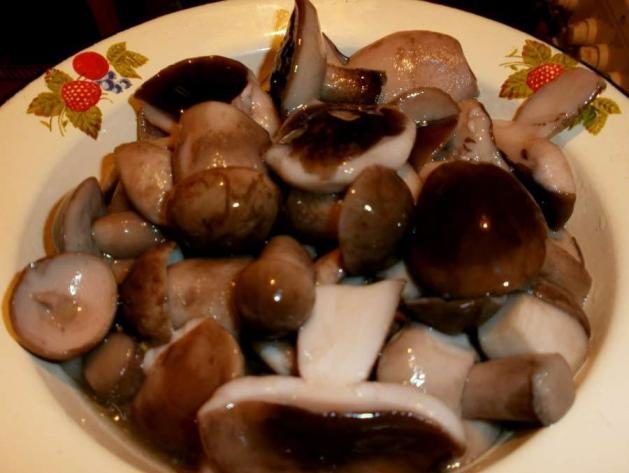
Boiled boletus should be poured with hot water and add spices and citric acid. After the water boils, add salt and sugar. Continue cooking boletus for 15 minutes.
Then remove them from the heat and put them in previously sterilized jars along with the liquid in which they were cooked. Add vinegar in a proportion of 1 tablespoon per liter of liquid. Close the jars and allow them to cool completely. After this, the boletus will be ready for use.
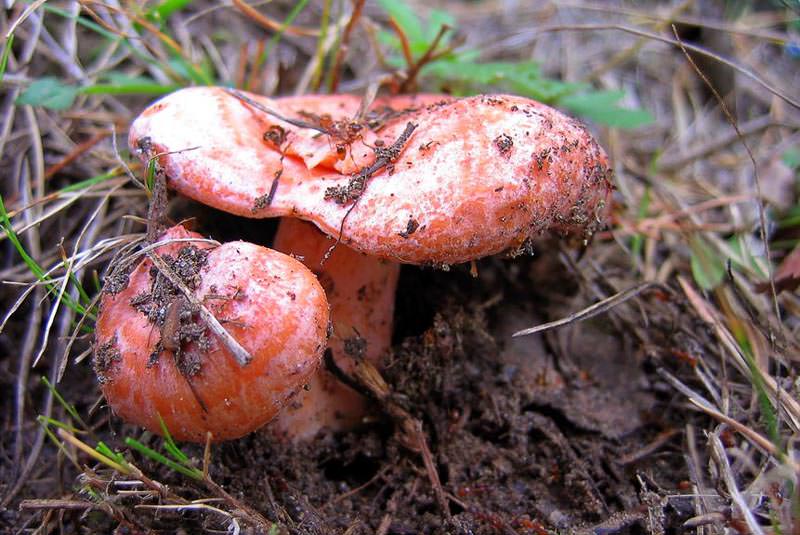 You may be interested in:
You may be interested in:Answers to Common Questions
Poisonous varieties of this species are quite rare, and their list is very short. That is why the collection of tubular mushrooms is preferable for beginners, because the probability of mistakes is very small. Edible species are distinguished by high taste and aromatic qualities, they are quite simple to process and prepare.

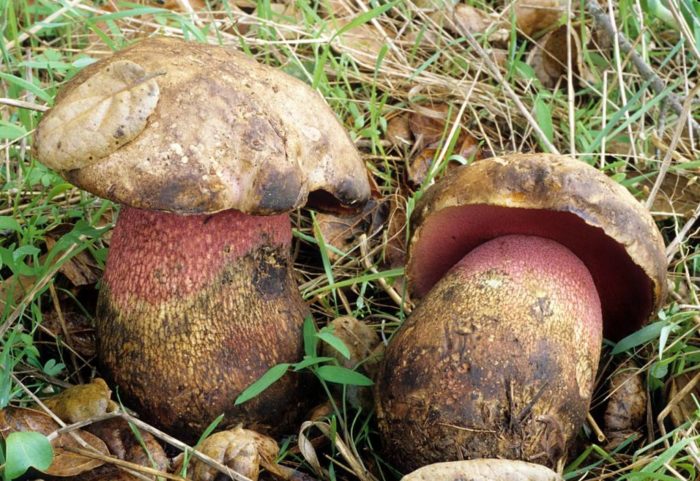
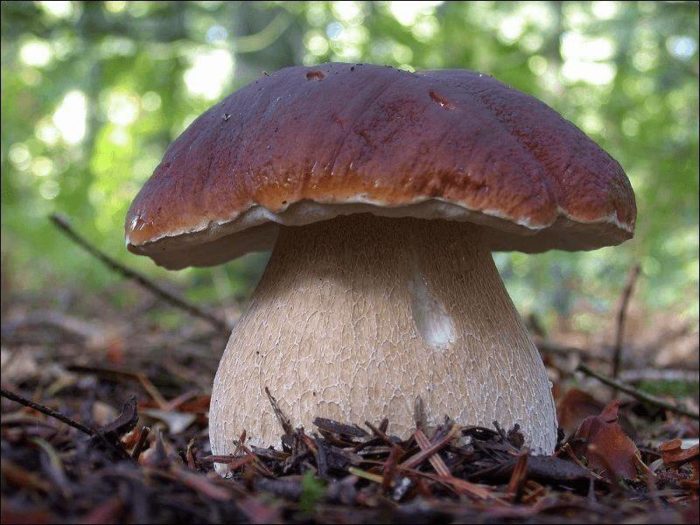
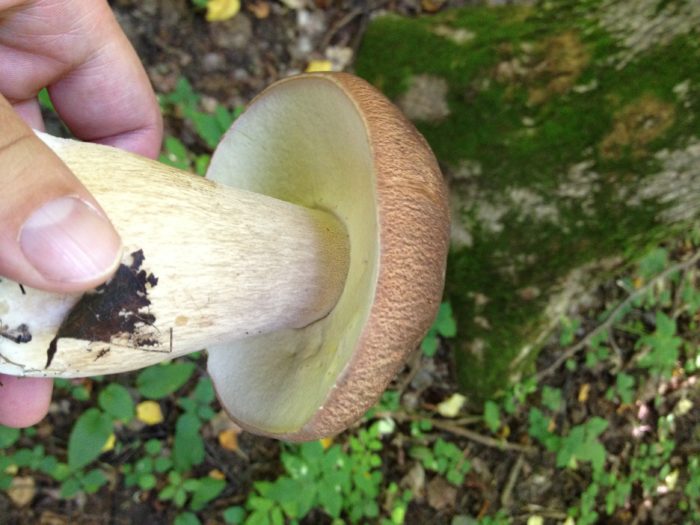
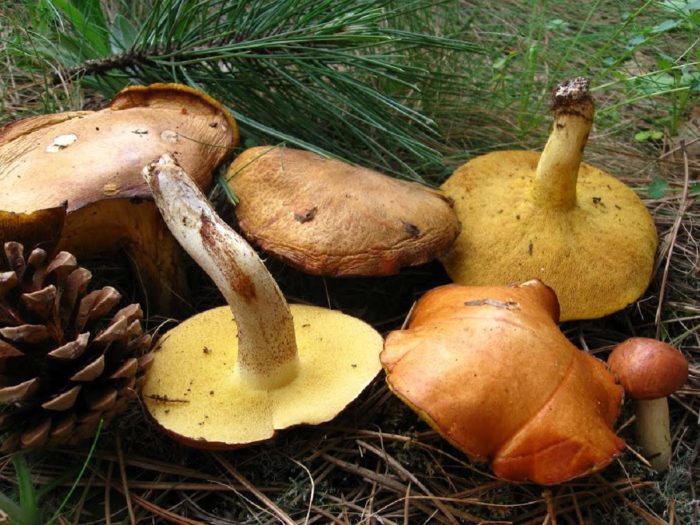
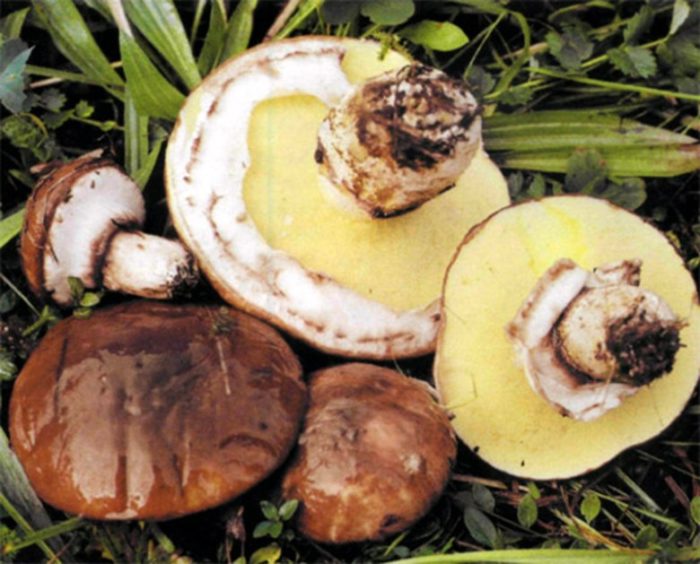
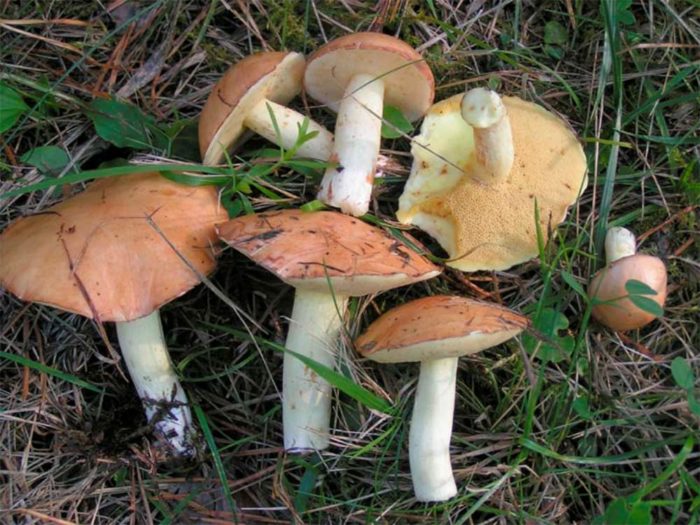
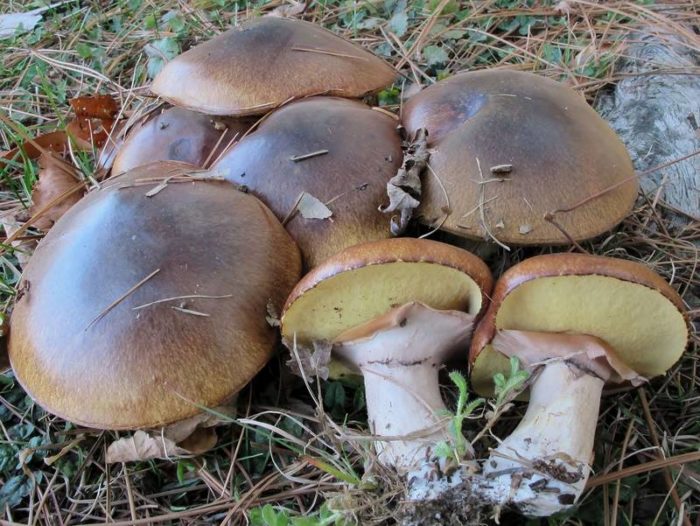
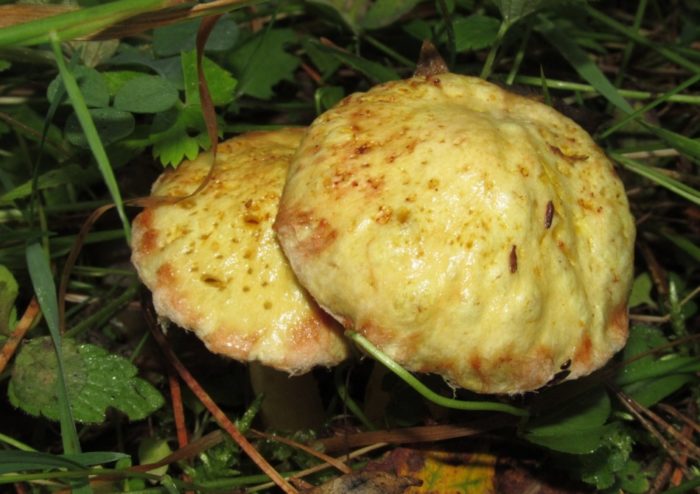
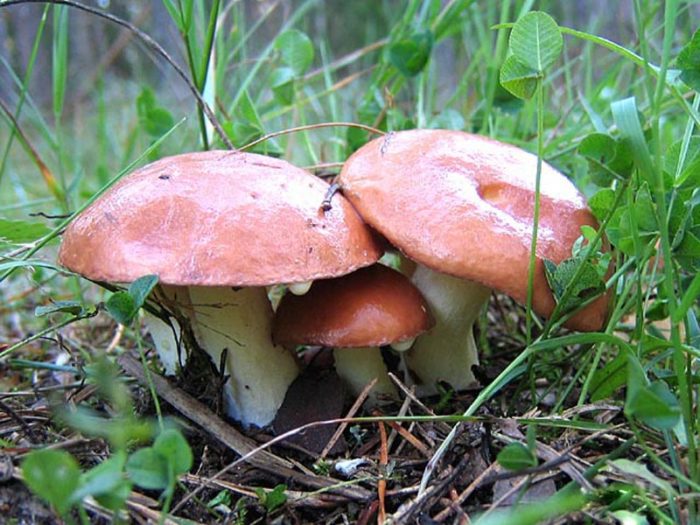
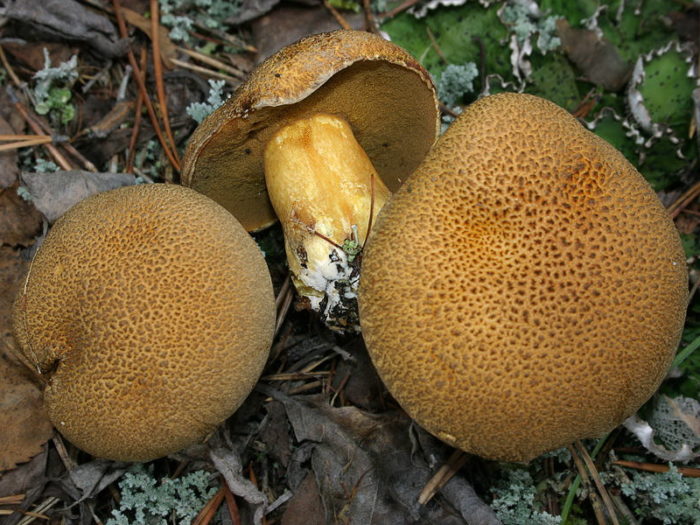
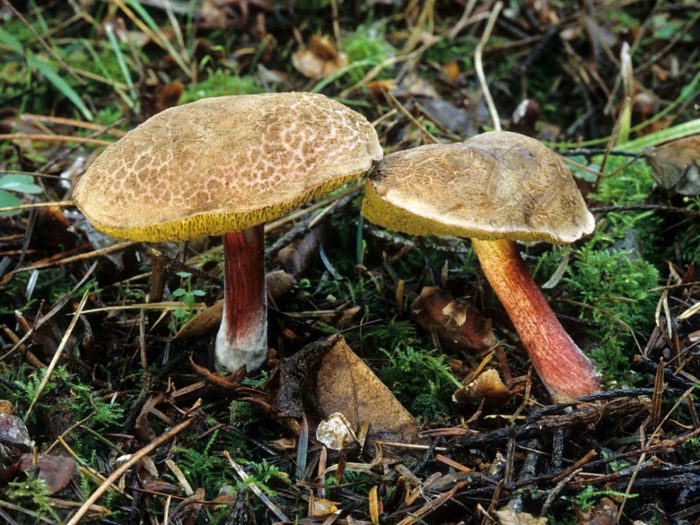
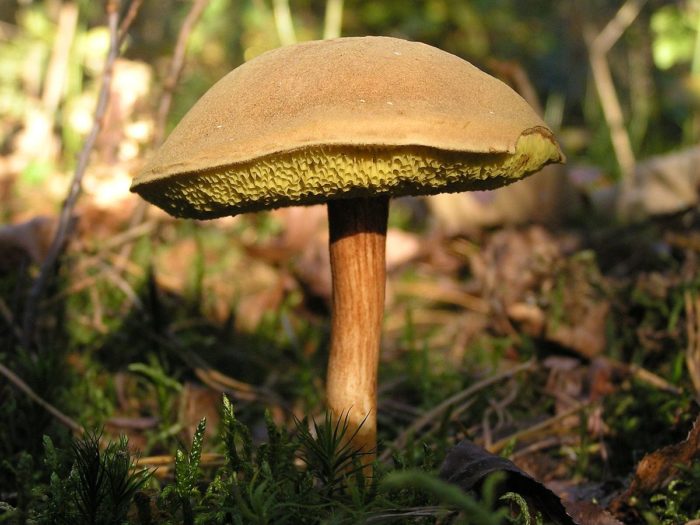
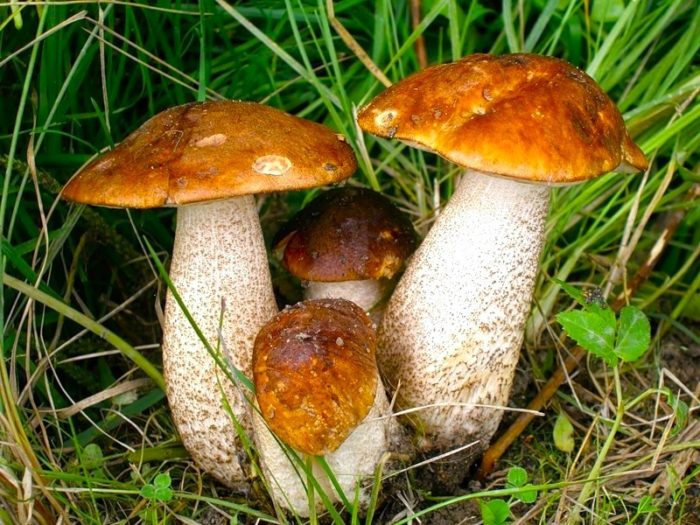
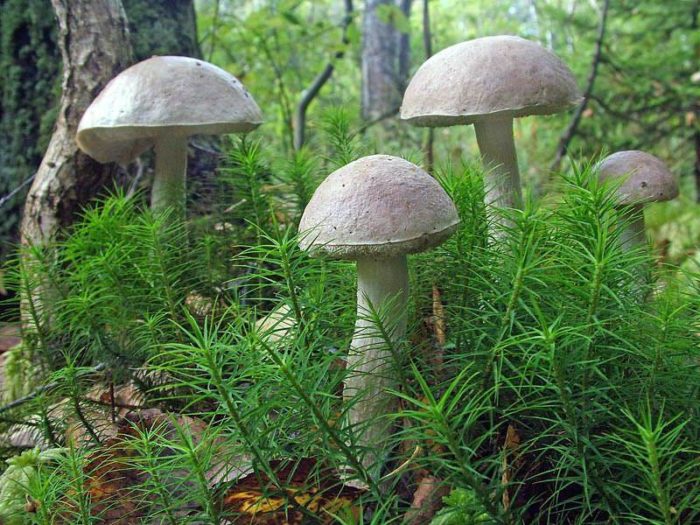
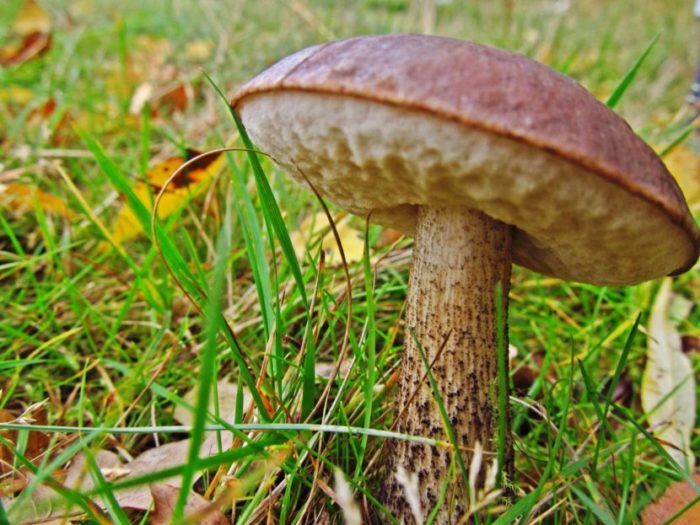
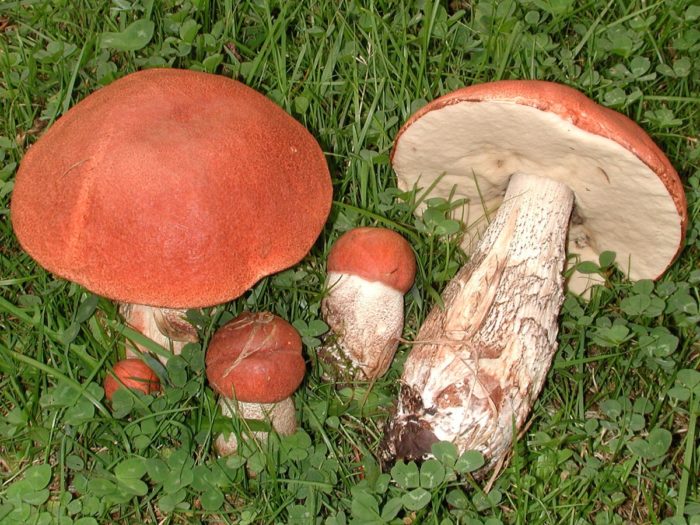
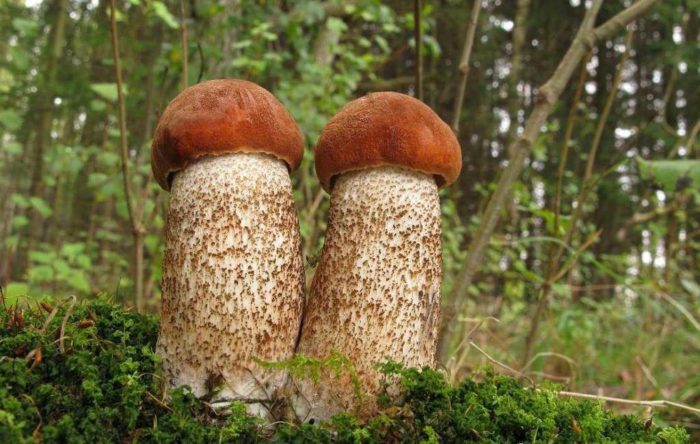
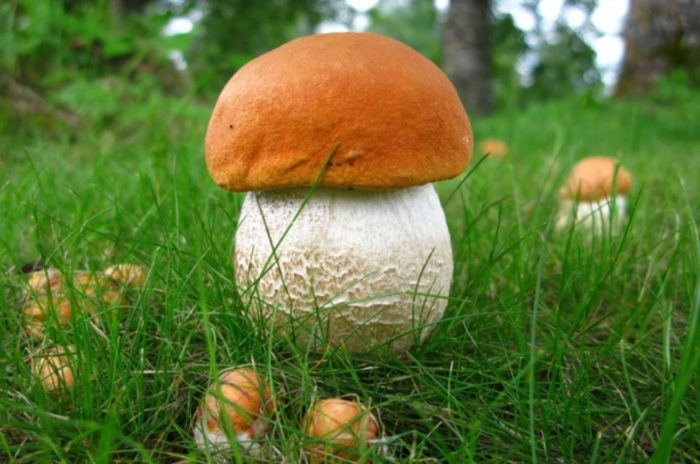
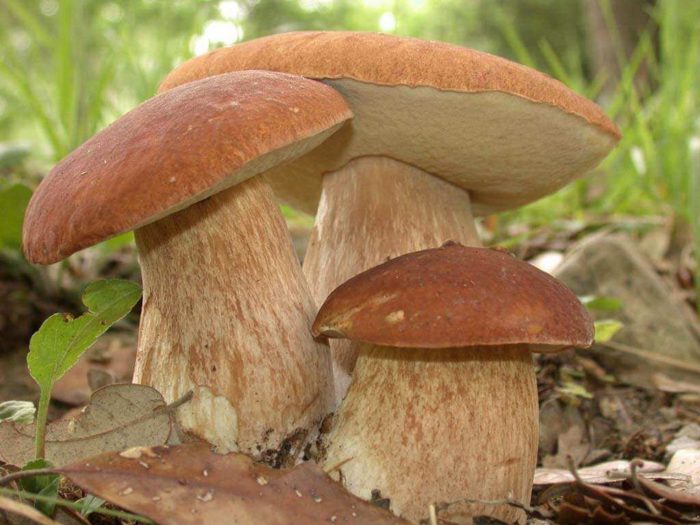
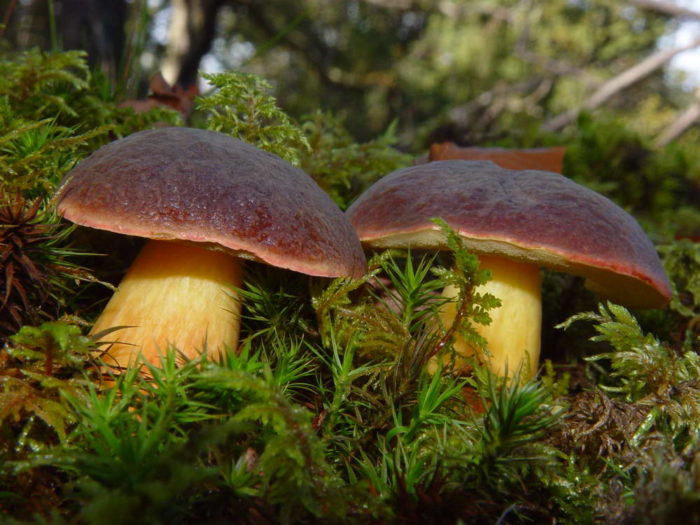
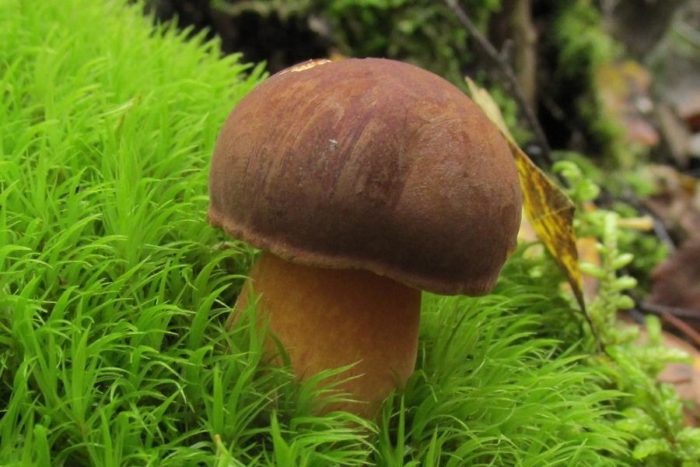
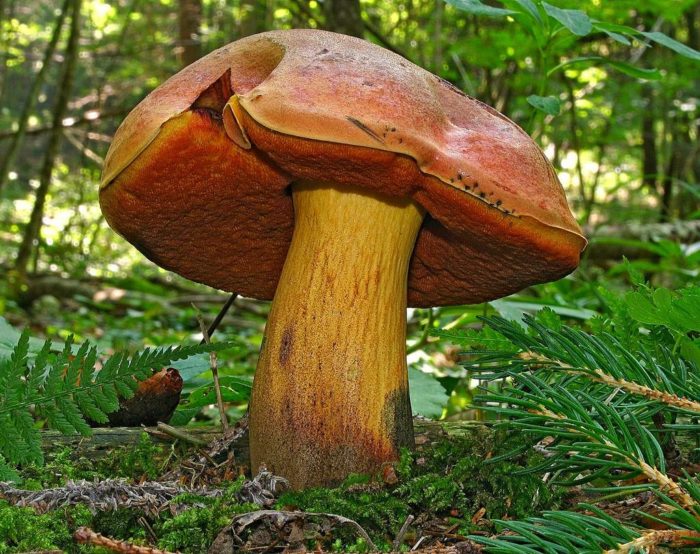
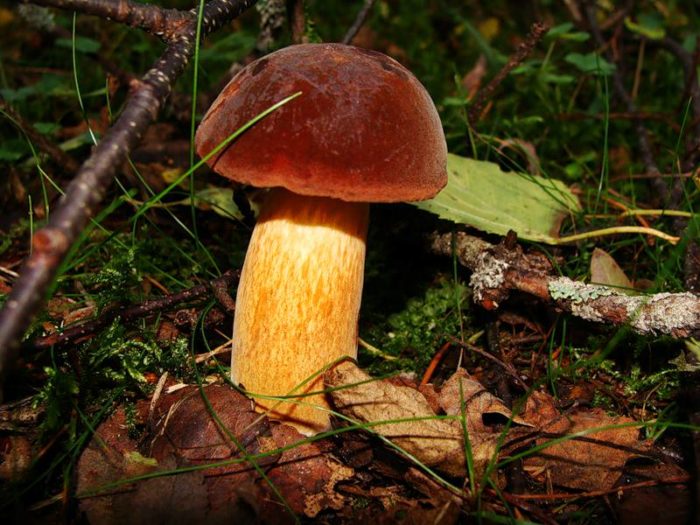
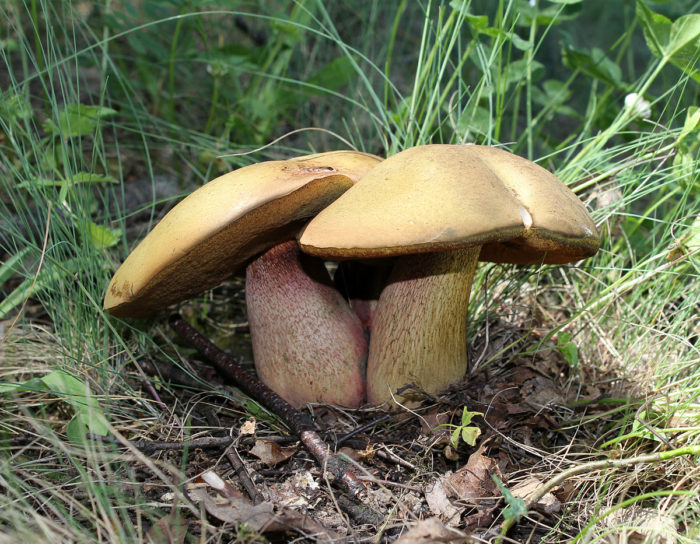
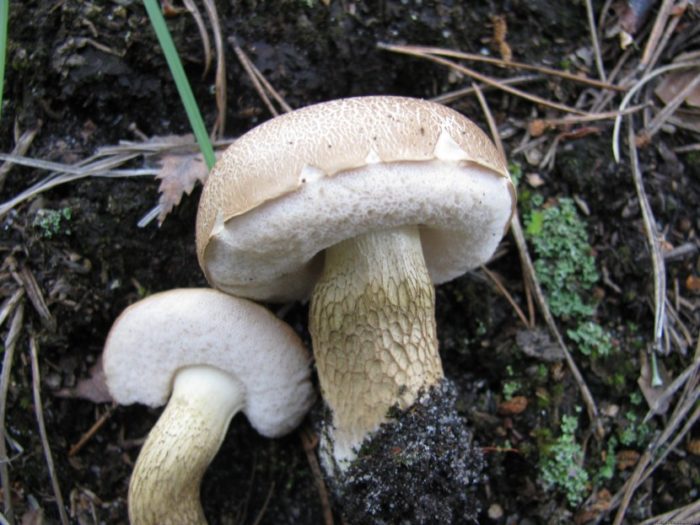
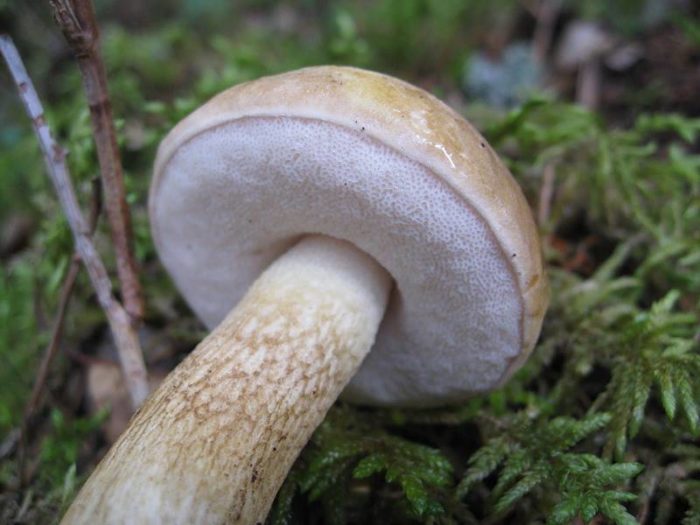
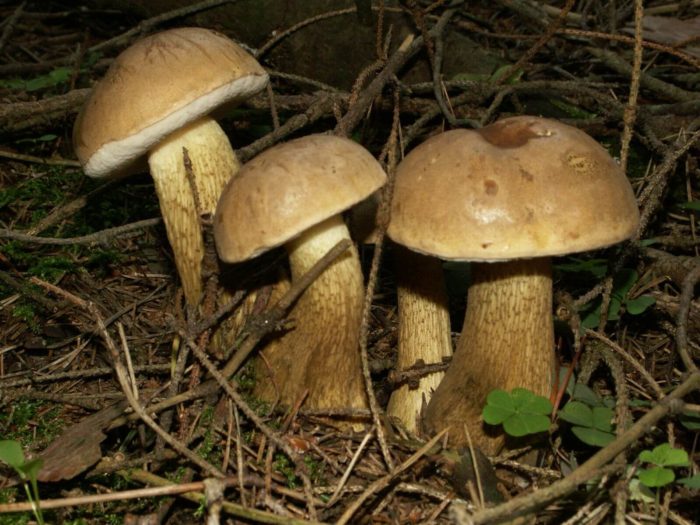
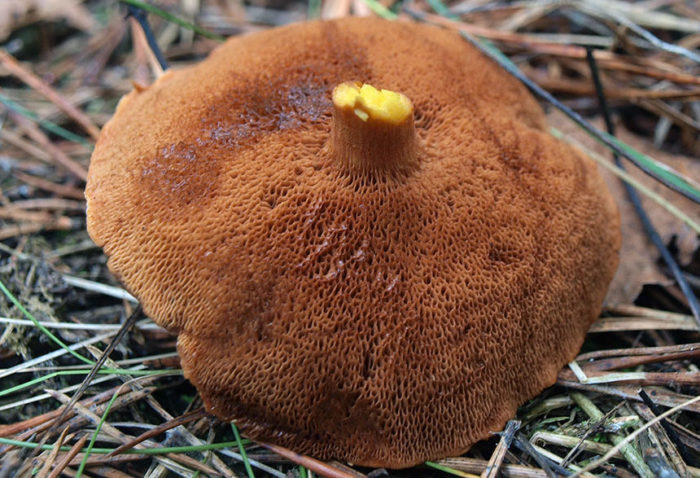
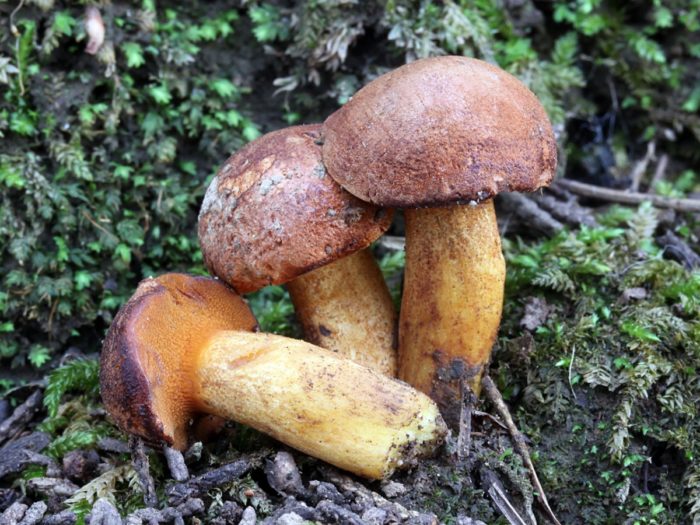
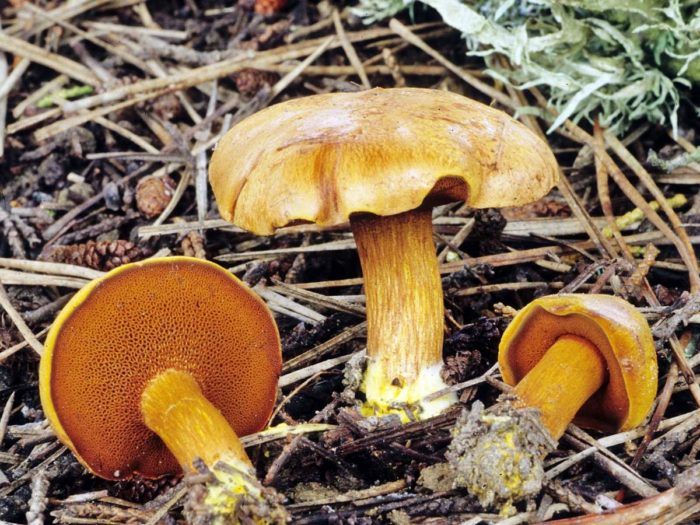
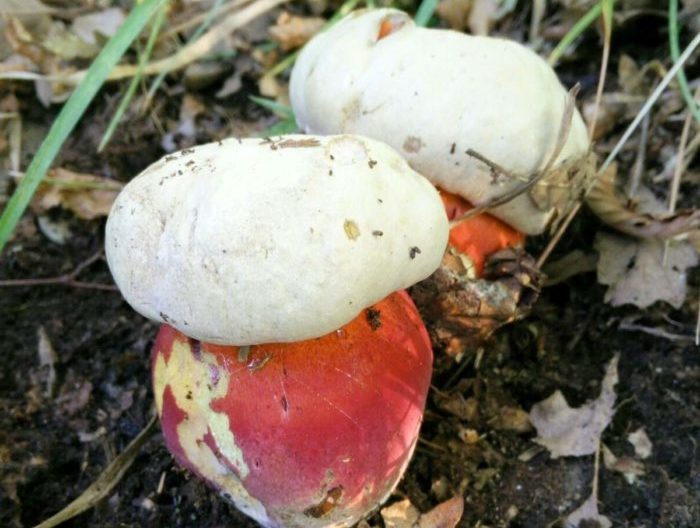
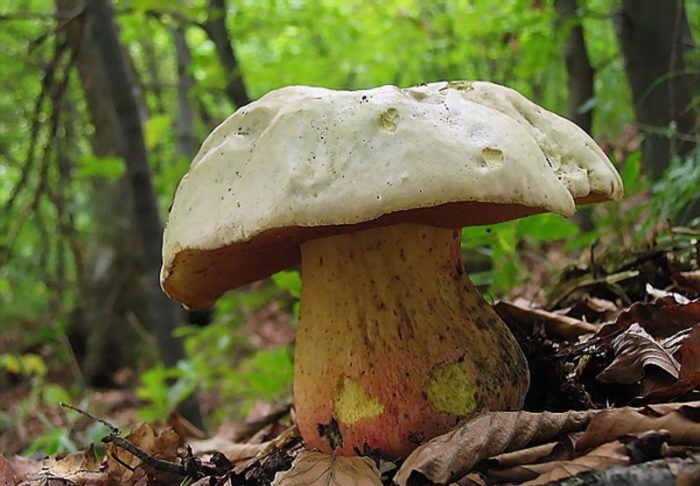
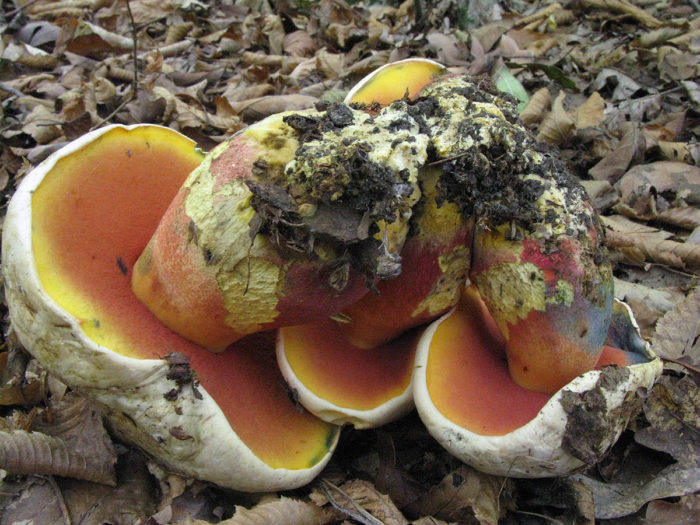



 Care and use of Kombucha at home (+22 photo)
Care and use of Kombucha at home (+22 photo) Edibility of the fungus of the motley umbrella and its description (+19 photo)
Edibility of the fungus of the motley umbrella and its description (+19 photo) Description of edible and inedible oils, their poisonous counterparts (+40 photos)
Description of edible and inedible oils, their poisonous counterparts (+40 photos) Useful properties of milk mushroom and its contraindications (+17 photos)
Useful properties of milk mushroom and its contraindications (+17 photos)